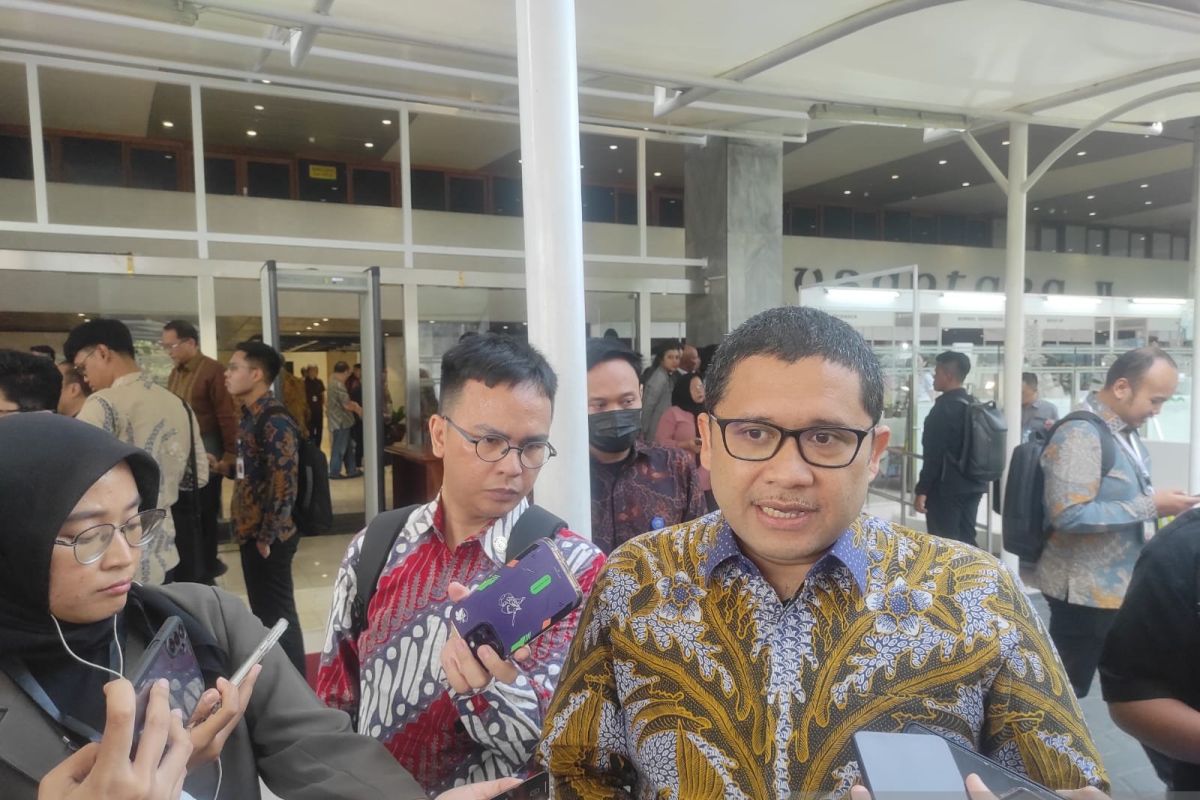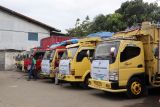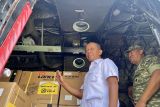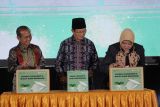Speaking after attending a 2025 state budget meeting with the House of Representatives (DPR) in Jakarta on Tuesday, Kacaribu emphasized that the surplus signifies that Indonesia can weather the current uncertain global economic conditions marked by the weakening of China's economy.
"We have managed to record a surplus of such a high value, with a highly favored accumulated surplus value. This feat has been the fruit of our hard work to transform the country's economic structure to create even higher added value," he elaborated.
China has been reeling from an economic slowdown, as evidenced by its manufacturing Purchasing Managers Index (PMI) falling from 49.4 in July 2024 to 49.1 in August, marking the sixth consecutive decline.
In contrast, today, Statistics Indonesia (BPS) announced that Indonesia had recorded a surplus of US$2.90 billion in its trade balance, with the non-oil and gas sector contributing the most.
"This surplus value is higher than that recorded in the previous month (July)," BPS' Deputy for Distribution and Service Statistics Pudji Ismartini stated while underlining that Indonesia has recorded surpluses for 52 successive months since May 2020.
Baca juga: Carbon trading supports climate financing: Elka Pangestu
Baca juga: Indonesia promotes green economy to strengthen ASEAN connectivity
She remarked that the most contributing commodities in the non-oil and gas sector were mineral fuels, animal and vegetable fats, iron, and steel.
The value of non-oil and gas surplus in August 2024 is higher than that of July, albeit still stood below the value recorded in August last year.









